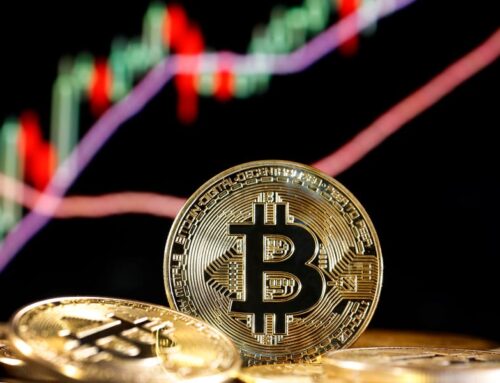EY: Examining Supply Chain’s role in the Energy Transition
November 17, 2024

How do you envision digital technologies transforming the energy landscape?
There’s no need to envision these technologies as part of a future energy transition; they are already being implemented before our very eyes and evolving quickly.
Some examples include AI and the Internet of Things (IoT), which can optimise energy use in industrial processes. Sensors can also collect data on energy consumption and AI algorithms can analyse this data to identify inefficiencies and suggest improvements.
These technologies facilitate better energy storage solutions and optimisation algorithms, which are critical for managing the intermittency of renewable energy sources — ensuring a steady supply of energy and maximising the use of renewable resources like wind and solar power.
Additionally, machine learning (ML) models can predict when equipment is likely to fail or when it needs maintenance, which can prevent downtime and reduce energy waste due to inefficient machinery.
One strategy I have seen work well is creating digital twins of energy assets, which enables simulation and analysis to improve their performance and efficiency. These virtual replicas can predict outcomes of changes to the system without physical testing, helping to optimise industrial operations for lower emissions.
Digital tools also enable better tracking and verification of emissions data, as companies can monitor their carbon footprint in real time, manage their emissions more effectively and make informed decisions to progress toward net-zero targets.
Additionally, blockchain and other digital tools can improve transparency in supply chains, allowing companies to track the carbon footprint of their products and raw materials — enabling better decision-making to reduce emissions across the supply chain.
These digital platforms help companies comply with environmental regulations and reporting requirements more efficiently, ensuring transparency and accountability in their journey toward net zero. As these technologies become more sophisticated over time and there is more data on their use, they will only become more effective and the efficiency gains they’ll help achieve will only keep growing.
Search
RECENT PRESS RELEASES
Related Post



